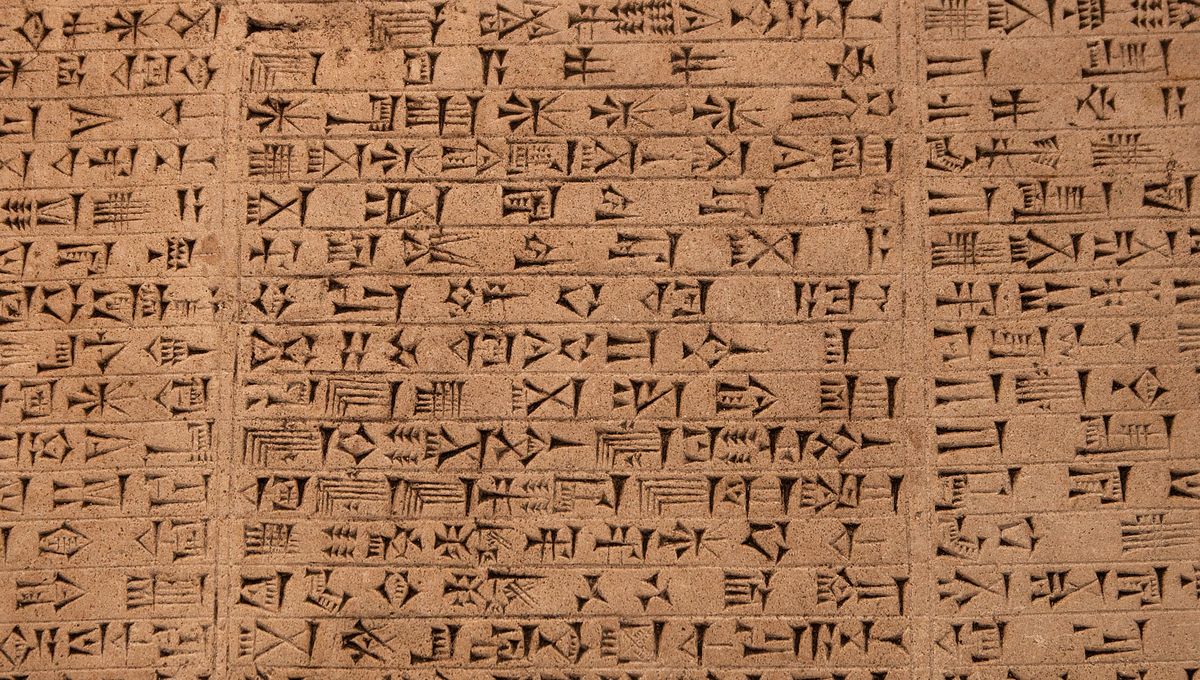
A scholar has recently discovered a previously unknown Sumerian myth inscribed on a long-overlooked 4,400-year-old tablet. Although the story is incomplete, due to the tablet’s fractured nature, there is enough text to indicate an exciting narrative of a cunning fox infiltrating the netherworld in order to rescue the storm god, Ishkur.
The tablet, known as Ni 12501, was created around 2400 BCE in Nippur, a politically autonomous Sumer city-state in the Mesopotamia region (around modern southern Iraq). Nippur was the seat of worship of the Sumerian god Enlil – the Lord of Wind – and ruler of the cosmos.
Although the tablet was originally excavated in the 19th century, its text was largely ignored by generations of researchers. This was probably due to its condition, as it really does boast that quintessential ancient artifact look. Its crumbling edges and missing chunks are a strong reminder of how many aspects of ancient cultures are still lost to time.
Nevertheless, the story inscribed on the tablet was initially translated by Samuel Noah Kramer, a world-leading Assyriologist, who, in 1956, included a photo of the tablet on the dust cover of his book. Kramer provided a brief description of the tablet’s story in his work, but did nothing else with it.
Despite arousing plenty of interest, there has not yet been a comprehensive analysis of this story. That is, until now.
According to Dr Jana Matuszak, a Sumerologist at the University of Chicago, the tablet explains the story of how Ishkur was captured in the netherworld (Kur) along with his cattle. After his capture, children are born and appear to die (carried off to Kur), which may indicate a drought and starvation due to the god’s absence.
In response, his father, Enlil, gathered together the gods – known as the Anunnaki (please don’t think of conspiracies) – to ask which among them would rescue him. None of the gods offer to do so apart from Fox, who successfully enters Kur through what may be an act of trickery – he accepts both water and bread, which seems to be part of the means to enter the netherworld, but doesn’t consume either. Instead, he puts them in a bag and a waterskin.
Unfortunately, we never learn whether Fox is successful in his antics, as the tablet cuts off at this point. However, Matuszak is able to infer some important insights from this small section of text. She points out that Enlil is definitely regarded as the head of the Sumerian pantheon in this text, as he has the authority to bring all the other gods together.
Ishkur’s disappearance into the netherworld could be interpreted as an example of a motif of dying and reappearance. As a storm god, he would have been tied to ideas of rainfall and vitality, so his capture in the netherworld could have been seen as an explanation for periods of drought. Matuazak points out that this is a common feature in other cuneiform stories. She also sees this story as perhaps another example of the helpless Mesopotamian god who needs to be rescued by a dauntless hero. In this instance, the hero is the cunning fox, another common motif.
“The tablet hence adds significantly to our knowledge of Mesopotamian mythology, while also offering glimpses into the use of motifs in telling stories about the mythological past,” Matuazak explains in her paper. “Here as elsewhere, motifs were freely adaptable to different contexts, where they bear the potential of weaving a web of associative links that could reinforce both similarities and differences between their individual manifestations in context.”
Ni 12501 offers important insights in literature and mythology at this point in Sumerian history, but it also underscores the importance of further archaeological research to address the gaps we still have.
The study is published in Iraq.
Source Link: "The Fox That Rescued The Storm God": 4,400-Year-Old Sumerian Tablet With Previously Unknown Myth Analyzed For First Time